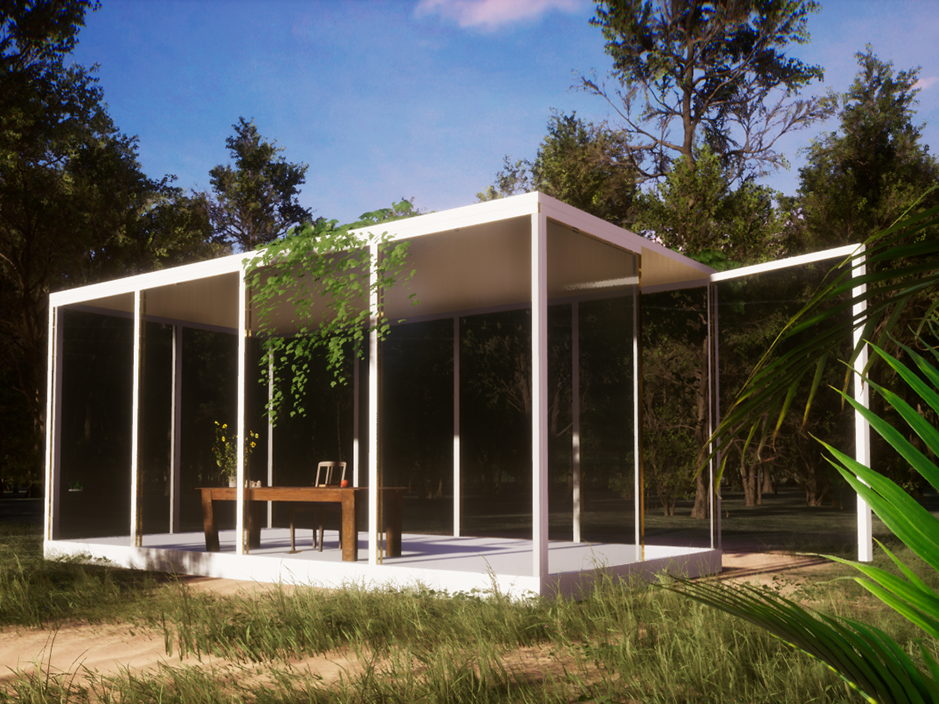Second Dimension
Augmented Reality solution for displaying and preserving digital art in curational context.
The debate about the need of digitizing museums and their exhibits not only exists since the corona crisis, even if the necessity of it has risen sharpely since. On closer inspection, however, it becomes clear that the art business is still on a long way from where it should and could be when dealing with the preservation and showcasing of digital, multidimensional artworks in a curational manner.
Cultural enterprises that want to deal with digital formats in the long term are now faced with the extremely exciting task of turning the digitization of the exhibits into an art form of its own. A form, that goes beyond pure documentation and thus creates a hyperreal space that invites the audience to view and experience digital art in a new way.
With the AR application „Second Dimension“ i created an example for the digital processing of works of art, which exhausts the limits of the presentation of publications on 2-dimensional screens and gives the visitor the possibility of participatory, instead of pure receptionist participation.
In addition to the curative motivation of the project, there is also the opportunity to provide new media art within an interactive and immersive space that gives users a barrier-free alternative to traditional platforms like catalogs and museum websites, due to the given independence of time and location. With the help of augmented reality technology, such a digital space that meets the requirements can be designed.
The aim of the project was to develop a mobile application that offers the possibility of an interactive experience of selected works from the fields of:
Video Art
3D Models
Generative Art Forms
and other new media.
Specifically, the 2 and 3-dimensional exhibits are mapped into the real world of the user within a virtual room and can be explored by walking either thru the deticated museum, or even a fully digital generated exhibition space. Further information can be called up by tapping onto the artworks. The process of digitizing physical exhibits is realised thru the help of photogrammetry.
By converting high definition pictures into a pointcloud which afterwords get re-meshed into a geometrically adequate digital object, the application now can display this 3D-object into the virtual museum space. Triggered by AI based image recognition, the object is getting placed on top of the dedicated surfaces like walls, floors, pedestals and others.
